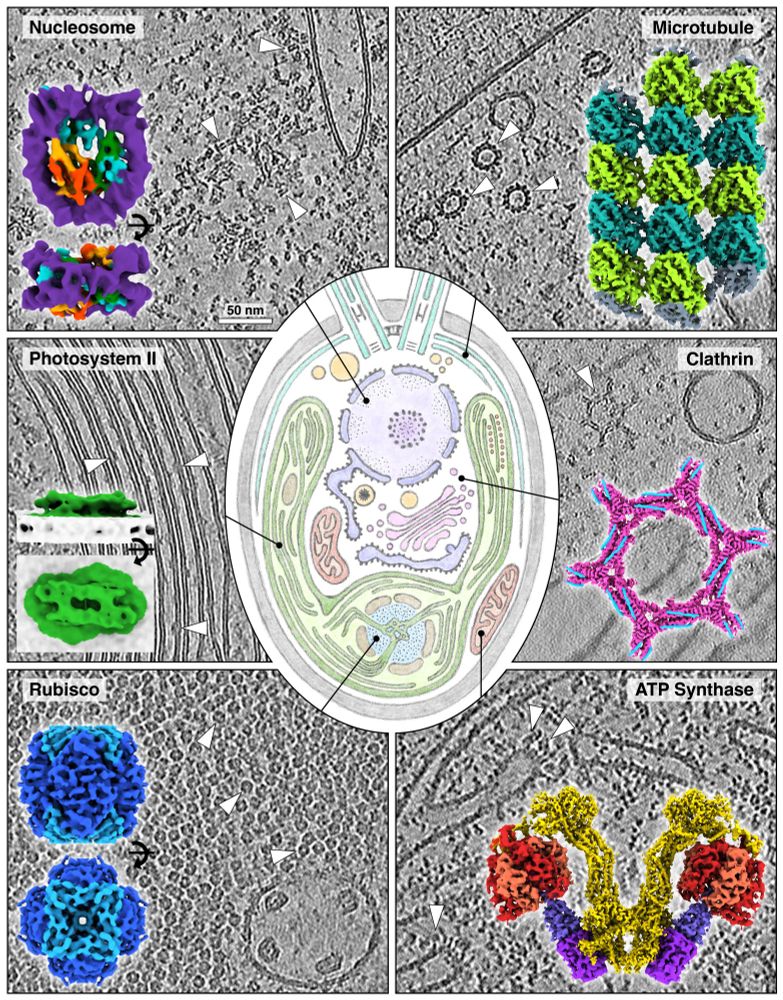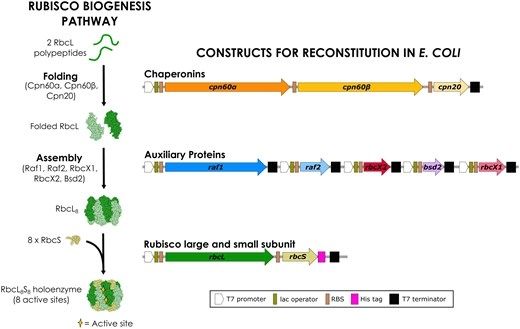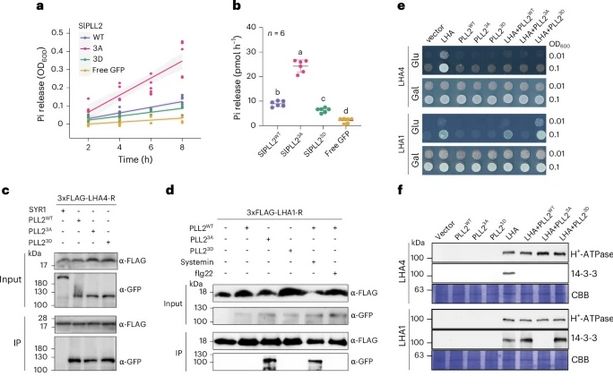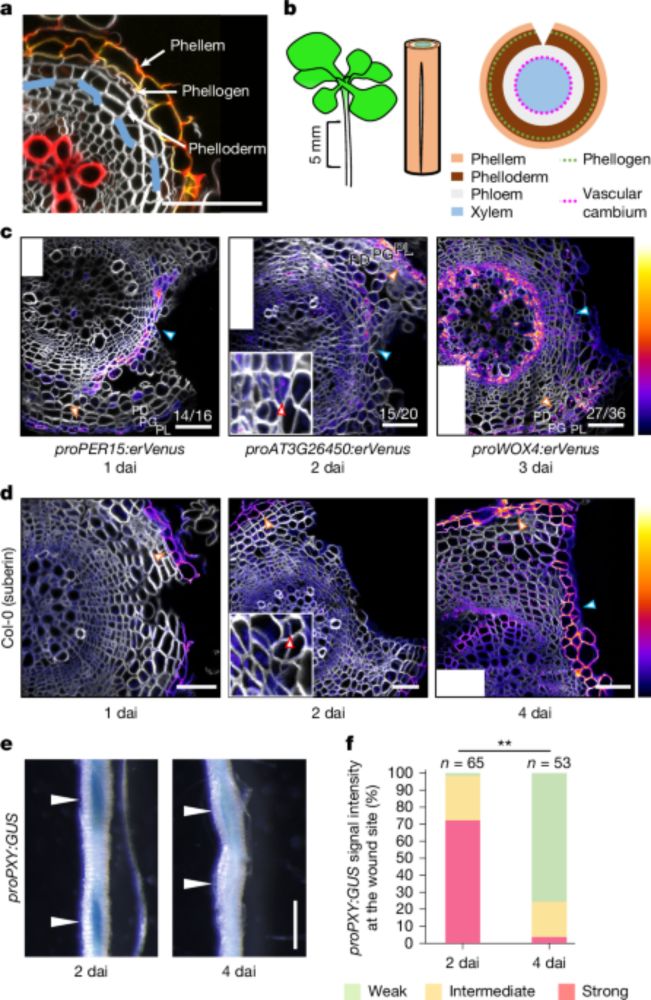Nibedita Priyadarshini
@n-priyadarshini.bsky.social
120 followers
220 following
10 posts
Algal biologist working on auxin transporters in Chlamydomonas
Post doc in @kleinevehnlab.bsky.social group
Former @plantaeofficial.bsky.social fellow
Posts
Media
Videos
Starter Packs
Reposted by Nibedita Priyadarshini
Reposted by Nibedita Priyadarshini
Reposted by Nibedita Priyadarshini
Reposted by Nibedita Priyadarshini
DOMPS
@dompsfr.bsky.social
· Jul 17
Reposted by Nibedita Priyadarshini
Reposted by Nibedita Priyadarshini
Reposted by Nibedita Priyadarshini
Reposted by Nibedita Priyadarshini
Reposted by Nibedita Priyadarshini
Reposted by Nibedita Priyadarshini
Reposted by Nibedita Priyadarshini
Reposted by Nibedita Priyadarshini
Darius Kosmützky
@dariuskos.bsky.social
· Jun 23
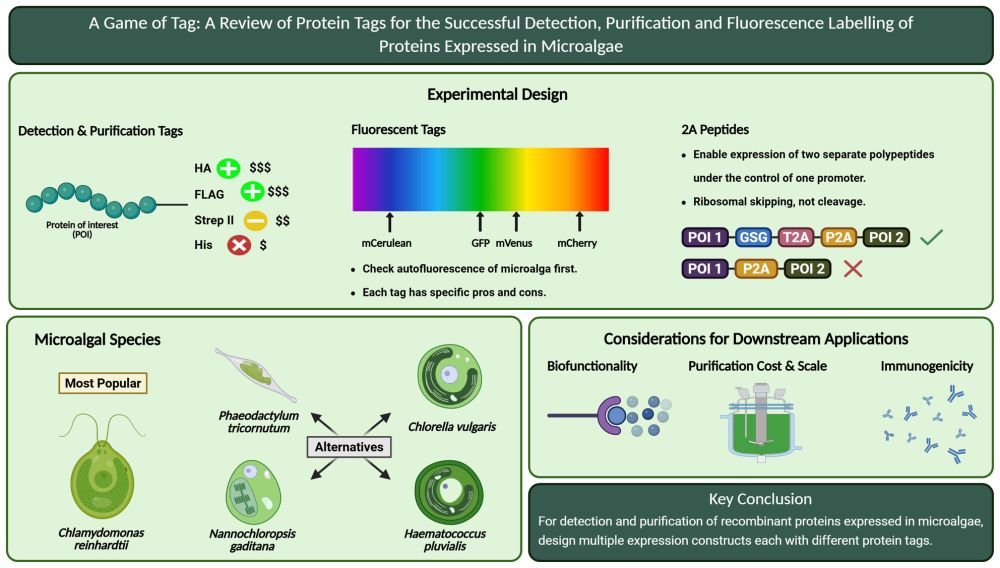
A game of tag: A review of protein tags for the successful detection, purification and fluorescence labelling of proteins expressed in microalgae
Protein tags for detection, purification and fluorescence labelling are vital in microalgal research, yet the suitability of specific tags remains largely unexplored. This review discusses the pros a....
doi.org
Reposted by Nibedita Priyadarshini
MolPlantSci
@molplantsci.bsky.social
· Feb 12
Reposted by Nibedita Priyadarshini
Reposted by Nibedita Priyadarshini







